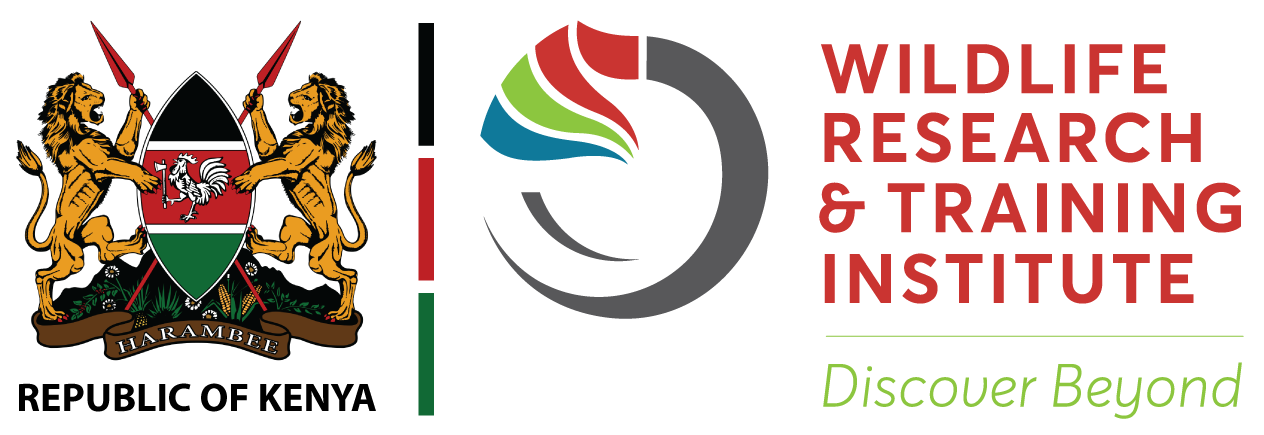The second phase of the national wildlife census has started at the Lake Nakuru National Park and Bird Sanctuary.
The census results will inform retooling of conservation programmes for iconic species grappling with climate change and human induced threats.
Wildlife Research and Training Institute said the census involves an aerial survey to obtain accurate data on wildlife resources including giant land mammals, carnivores and marine life.
WRTI principal scientist Stephen Ndambuki said the Nakuru census is the fourth after Masai Mara National Reserve, Amboseli National Park and Athi Kapiti Wildlife Conservancies.
It comes in the wake of recent drought and flooding which killed and displaced hundreds of wild animals.
The last national census was conducted in 2021, where more than 30 species of mammals, birds, and marine species were counted.
“We have been working with other government agencies like Kenya Wildlife Service and we successfully conducted the first phase as we seek to establish the current status of wildlife,” Ndambuki said.
He said the country’s wildlife landscapes are currently facing multiple challenges, including poaching and increasing human and livestock populations.
“In the second phase we will cover Nakuru, Naivasha and other closed ecosystems like Solai and data obtained will help in decision-making in wildlife conservation,” Ndambuki said.
He said the 2022 drought resulted in serious habitat loss and wildlife mortalities.
The scientist seeks to provide accurate data on wildlife populations, distribution and the health of the ecosystem.
“The Institute is employing a new platform, the Earth-ranger, which seeks to enhance patrols and offer real-time monitoring during the exercise,” Ndambuki said.
“The census is utilising globally recognised methodologies to obtain accurate data on wildlife resources in the country and mitigate future threats to their survival.”
It has been funded by the government to the tune of Sh302 million.
The census’ outcome will strengthen evidence-based management of iconic species that are an integral part of Kenyan heritage besides contributing to national coffers through tourism.
“The country needs precise data on wildlife population to guide effective conservation of species amid challenges such as climate change, changing land use practices and competition with agriculture,” said Ndambuki.
Data driven interventions are key to minimising human-wildlife conflicts that have emerged as a grave threat to survival of iconic species such as rhinos, elephants, lions and leopards.
The exercise is important in biodiversity monitoring and the information obtained will be essential in wildlife conservation.
“The census will offer a comprehensive overview of the biodiversity within the Lake Nakuru ecosystem and the information is essential for tracking changes in wildlife populations and assessing the health of the ecosystem,” Ndambuki said.
Accurate data on wildlife populations and their habitats will inform conservation strategies and policy decisions.
“In habitat management, understanding the distribution and movement patterns of species aids in managing habitats more effectively,” he said.
Human-wildlife coexistence is an emerging issue which has seen migration corridors closed and pasture land reduced.
Ndambuki said this has intensified conflicts between humans and wildlife.
WRTI geographic information system analyst Grace Waiguchu said understanding distribution and movement patterns of wildlife is key to better habitat management.
“Advanced technologies such as GPS tracking and drone imaging are also being utilised to enhance data accuracy,” she said.
Waiguchu said the census is employing a combination of aerial survey, ground counts and camera trapping in gathering data.
“By employing advanced technologies such as satellite imagery, GPS tracking and drone surveys, we aim to achieve a level of precision and detail that is unprecedented,” she said.
Wildlife landscapes are currently facing challenges such as increasing human and livestock populations.
Other challenges include impacts of global climate change, the spread of invasive and alien species and a rise of infectious zoonotic (transmittable from animals to humans) diseases.
Kenya boasts of a number of creatures in unique ecosystems, but whose numbers fluctuate due to climate change, poaching, pests and diseases, human-wildlife conflict and other factors.
A systematic counting of animals is critical to inform conservation strategies, reduce the effects of climate change and prevent biodiversity loss.
A reduction in the number of lions, for instance, or their increase in human-inhabited areas, tells more, including about the health of their habitats.
Such information is vital, especially in a country like Kenya, where tourism contributes more than eight per cent to the GDP and directly employs over one million people.
Senior assistant director in charge of Central Rift Lucia Makosi said data from censuses will be key in informing how fast interventions are needed and which areas will be prioritised.
Credit:https://www.the-star.co.ke/counties/central/2024-09-13-phase-2-of-wildlife-census-at-lake-nakuru-national-park-begins/

